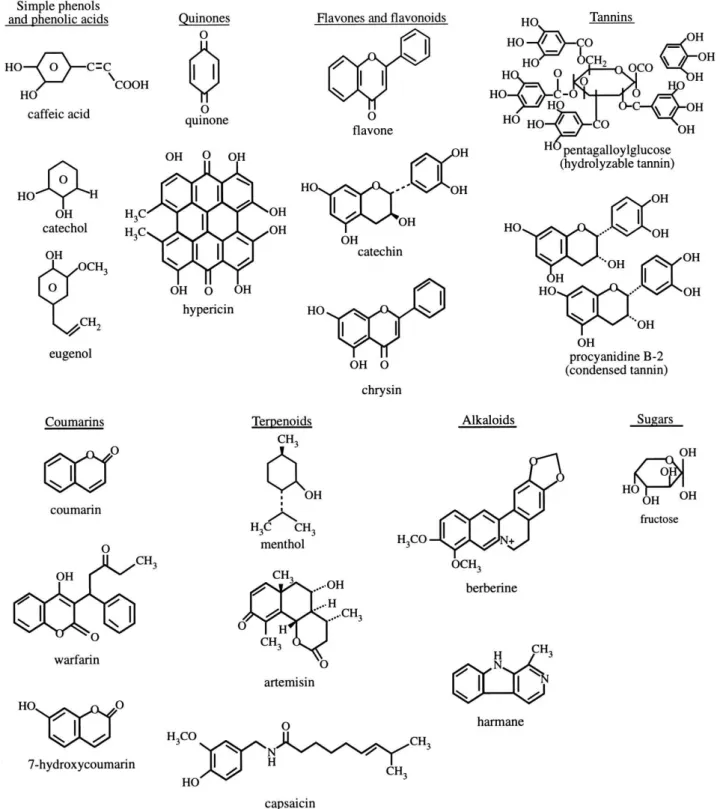Biological properties of medicinal plants: a review of their antimicrobial activity
Texto
Imagem



Documentos relacionados
Esses dados foram, posteriormente, utilizados para identificar Zonas de Acumulação de Acidentes (ZAAs), com recurso a métodos de engenharia de tráfego, como o coeficiente de
Regression analyses revealed that more anxious withdrawn adolescents showed worst group-level peer outcomes, but that: (a) prosocial behavior buffered the positive association
(2000) Antimicrobial agents from plants: antibacterial activity of plant volatile oils. Anti- Candida activity of Brazilian medicinal
Composition and antimicrobial activity of the essential oils of two Origanum species. Productos naturales con
Filho (1998) evaluated the antimicrobial activity of several essential oils from Northeastern plants on bacteria of the genus Streptococcus , isolated from the
Both the oils presented antimicrobial activity against bacteria, yeast and filamentous fungi tested.The Bioautography test revealed that eugenol was the bioactive component in
To further understand the adsorbents tested, in vitro experiments using different compounds, or feed and food stocks contaminated with mycotoxins could be performed, in
Chemical composition, antioxidant activity and antimicrobial properties of propolis extracts from Greece and Cyprus.. Safetiness